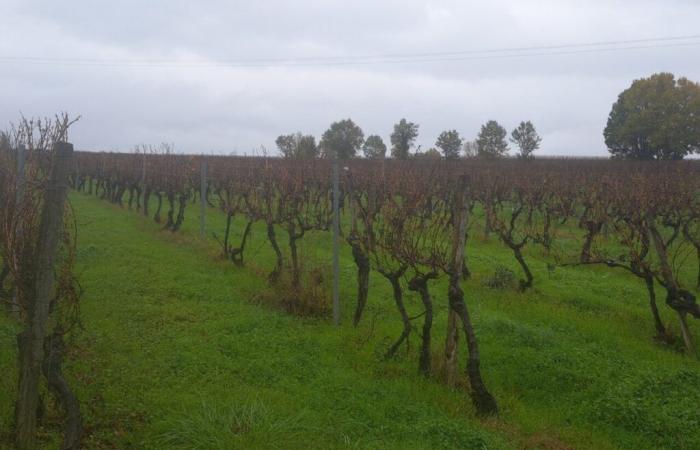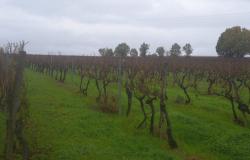
Par
Melvin Moya
Published on
Nov 26 2024 at 20:00
See my news
Follow Le Républicain Sud-Gironde
Will the future of Réolais, at least of its agricultural holdings, involve voltaic panels? In recent years, projects have multiplied in several municipalities in Gironde: Saint-Sève, Camiran, Saint-Hilaire-de-la-Noaille and Loubens.
“Photovoltaic panels, whether we like it or not, there will be some”
“A necessity to keep the agricultural world going,” says Bastien Mercier, who with the energy company EDF is carrying out a vast agrivoltaic project which concerns Camiran, a town of which he is the councilor, and Saint-Sève. In total, 16 hectares would be affected in the first village, a maximum of 12 in the second: “These are the areas where double production is installed. »
The winegrower is now awaiting the result of the environmental study commissioned a year ago for the continuation of his project. “Photovoltaic panels, whether we like it or not, there will be some. »
If he shares the concerns of anti-panel groups on certain projects, Bastien Mercier defends his own in the name of defense of the world of agriculture : “My project is to finally guarantee a dignified retirement for my father, maintain a farm by diversifying and indirectly help local farmers. » He notably advances a contribution to diversity, which is not negligible for a fellow beekeeper.
What do the mayors say?
Beyond the case of Bastien Mercier and Saint-Sève, two other projects are under debate in Loubens and Saint-Hilaire-de-la-Noaille, where 4.5 to 5 hectares of photovoltaic panels could be installed by the project leader . In the second case, the building permit has been filed at the beginning of last week, according to the town hall. The municipal council will give an advisory opinion this week.
Contacted by The South-Gironde RepublicanDidier Lecourt, the village mayor, hopes to find an alternative solution. “We would like it to be done on other, more appropriate land of the owner. But the energy company does not want to hear about alternatives. »
Mathilde Feld, the MP (LFI), visited the site in mid-November. “We must find safeguards so that the agricultural transition does not end up in the hands of a few companies who see the agricultural crisis as a new El Dorado. The sector deserves real planning, not just one-off measures,” insists the parliamentarian.
Like his colleague from Saint-Hilaire-de-la-Noaille, the mayor of Loubens, Alain Breuille, was aware of a project carried out by a wine grower in the town, it concerns 14 hectares in several plots. The Loubaton councilor specifies that he has no power over this type of project, which is, according to him, always “the embryonic state”.
The panels are “not expected for several years”. The next step: the signing of a long-term lease between the owner and the energy company, a lease legally designating a very long-term rental contract, between 18 and 99 years.
What do the collectives say?
For more than a year, a collective of residents of Saint-Sève has been formed and is fighting against various agrivoltaic projects. Two specific points trouble them.
First of all, the artificialization of land by an industrial installation. “At present, we have no idea of the rate of coverage of solar panels in the various projects in the sector,” laments a representative of the collective. “If we exceed 25% coverage, there is a drop in returns,” he adds.
What the law says
Voted in 2023 and applied since April 8, 2024, the APER law (acceleration of production of renewable energies) provides a regulatory framework for agrivoltaism. It imposes four objectives on candidate projects. Namely, the main activity of the plot must be agricultural, generate sustainable income, be reversible and significant (minimum agricultural yield). In addition, the installation must provide at least one of the following objectives: be adapted to climate change, be protected from hazards, improve animal welfare and finally improve the potential and agronomic impact.
Secondly, the collective warns of the potential impact of these projects on the cost of land. As a reminder, according to the latest data from INSEE and Agreste, dating back to 2020, 290,000 farmers are aged 50 and more. Finally, the collective of residents takes aim at the energy companies, “who take advantage of peasant poverty to install the panels”.
Follow all the news from your favorite cities and media by subscribing to Mon Actu.





